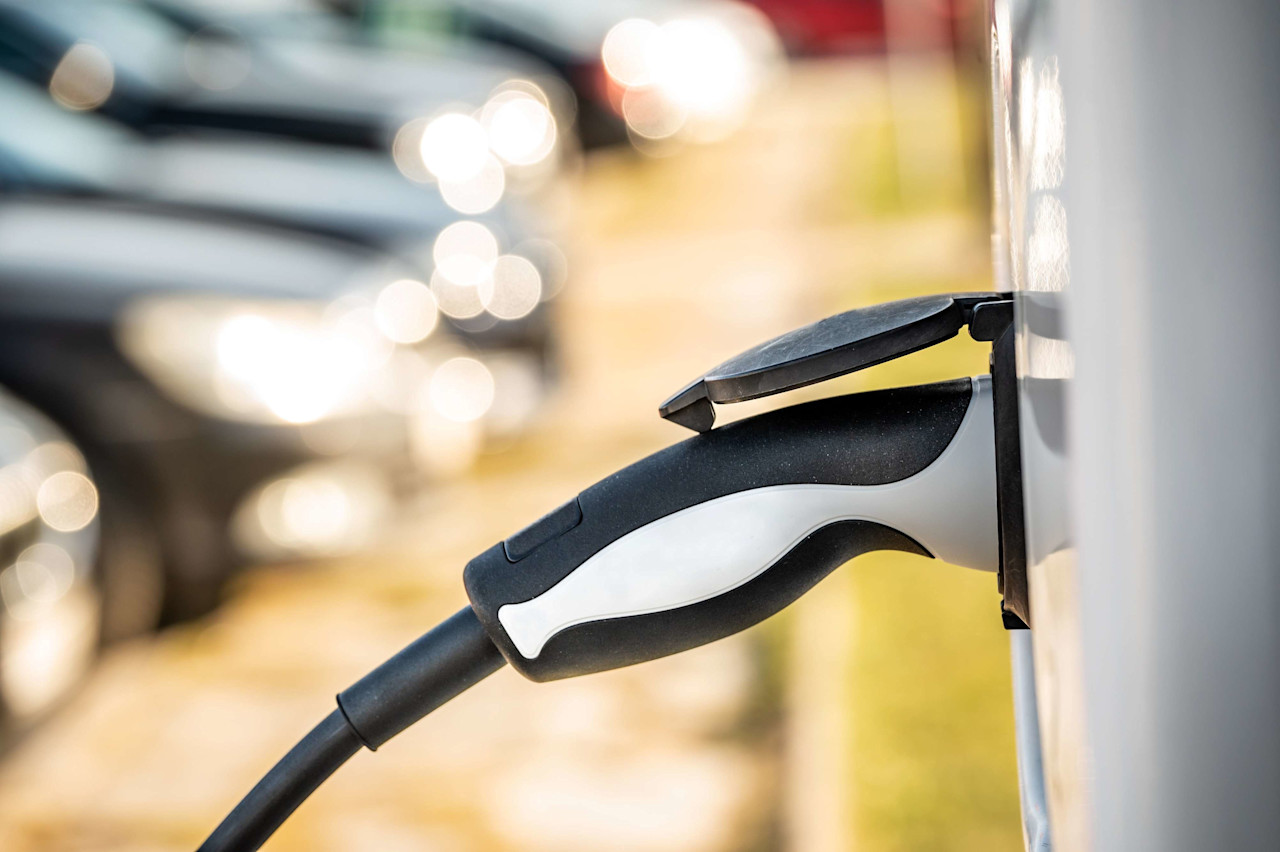
Contrasting pathways: Fossil fuel subsidies amidst renewable surge!
It may seem absurd at a time when many countries are more committed than ever to net-zero goals and building out renewable energies, that subsidies for fossil fuels have reached an all-time high. After a noticeable dip in 2020 due to Covid, preliminary estimates from the International Energy Agency show global subsidies doubled to more than USD 1 trillion in 2022.
Heightened fossil fuel prices are a key reason for this increase as policy interventions aim to shield consumers from ballooning prices. In 2021, Russia was the largest single provider of fossil fuel subsidy payments, followed by Iran and China. In contrast, Europe and the US spent a combined USD 79 billion on renewable energy subsidies in 2021.
Incentives are set to grow through the increasing budgets of programs such as the Inflation Reduction Act in the US and the Net Zero Industry Act in Europe. While fossil fuel subsidies mostly come in the form of direct price support or lower tax rates (i.e. OpEx that incentivizes consumption of fossil fuels), renewable energy subsidies are typically CapEx, focusing on incentivizing capacity buildout. They come in the form of things like investment and production incentives, tax incentives and breaks, guarantees, favorable loans and purchase agreements.
This video isn't available to you because you have not accepted our advertising cookies yet. If you accept them, then you'll be able to view all content:
Other facts about the energy transition
Fact 01

Fact 02

Unleashing the green hydrogen revolution!
Fact 03

The world’s largest wind turbine is taller than the Eiffel Tower!
Fact 04

The EV market still has a lot of room to grow!
Fact 05

The ‘engine’ of an EV is a sophisticated assembly of many power semiconductors.
Fact 06

Powering the shift: Investment in global clean energy takes the lead!
Fact 07

Heat pumps provide heat in the winter and offer cooling in the summer!
Fact 08

Today solar is one of the cheapest sources of power generation!
Fact 09

Fog poses a challenge to renewable energies by reducing sunlight and wind!
Fact 10

The world's most ambitious solar project has a transmission line of 4,500 km.
Fact 11

Fossil fuel subsidies have risen despite the renewable energy surge!





















